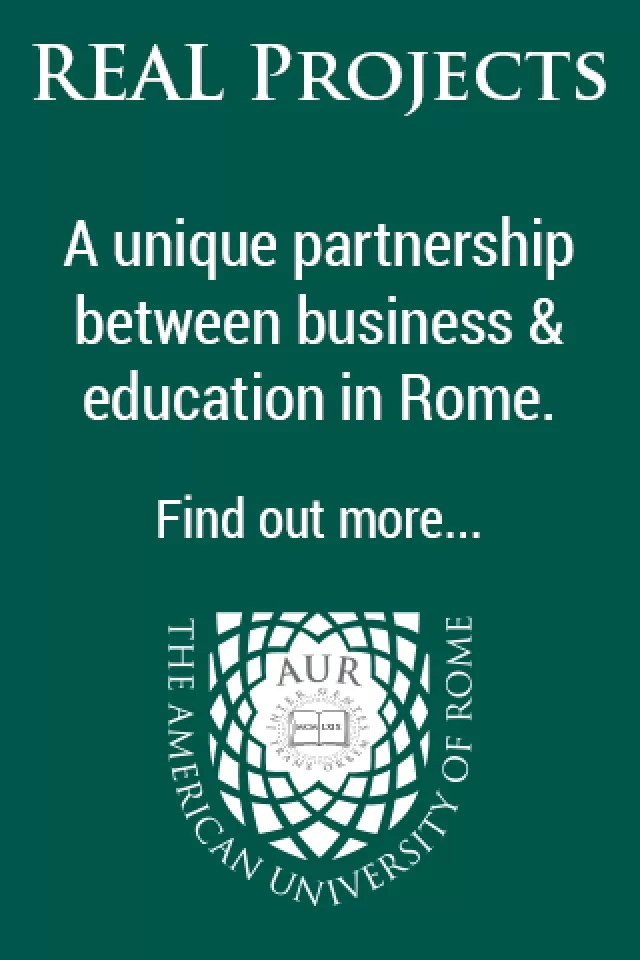Albanian painter wins freedom and success in Italy.
"We all wanted to get out. We all dreamt of one day being in Paris, New York or Rome. Curiosity devoured us."
Ilir Zefi, an Albanian, chose Rome and took his life in his hands getting here, thrust across the Adriatic by the outboard motor of a rubber dinghy captained by an Albanian crook. The flimsy bark, zipping under Italian radar, too fast for coast guard patrol-boats, was low in the water with the weight of other illegal immigrants. Unlike some, they made it to the Calabrian coast. It was 1993.
Zefi does not like talking about it now, partly out of caution. He only wants to tell you - through torrents of words - about what he does and thinks as a prolific, energy-sprung painter. He belongs to the apparently quite small clan of foreigners now in Rome who, as lone individuals, have rooted out a custom-made niche of their own here and made a go of it.
"But just how successful would you say you are?" A wiry, tousle-haired 40-year old, Zefi pulled a mischievous smile. "You could say I make my living!" His pictures apparently cost the earth.
A hint as to why can only be gleaned from what a critic wrote of one of Zefi's shows in Rome, his prose couched in the hyped-up opaqueness that Italian art experts delight in. His pictures were "natural hothouses of coloursearches for salvation", explained one Marco Tonelli. He went on: "A red plane can become the floor and the bed for carnal relations between objects devoured by colour." As for Zefi's "disturbing reds", they were "allusions of escape from a shipwreck."
As interpreted by a laughing Zefi, the critic's words added up to an accolade, a rave review, which is presumably why his pictures cost.
The son of a middle-grade civil-servant born in Mirdit near Tirana, Zefi was brought up in an Albania that was once a bogey-fearing Communist dictatorship, sealed off from the outside world except for the influence of the then Soviet Union. He studied art, for instance, at the Tirana Academy, which was a straight-jacket of Soviet social realism where the art they drummed in was, to Zefi's disgust, "very figurative". He added: "I had ideas of my own but they tried to twist me into conformity. It was bad for me. I longed to get to a place where I could express myself." Instead, the academy later found him a job in a state school where he taught the kids the basics of art.
His break came through a misfortune suffered by a brother. It was 1988, and suddenly Zefi found himself being allowed to escort his brother to Rome for badly-needed surgery to a threatened eye. "It was a revelation for me. I loved the place at once. I knew then I would be coming back." But it was five years before he stepped into the dicey dinghy, to discover the risks of clandestinity and the hassle of papers.
Working and living in a canvas-cluttered studio near Colle Oppio since 1999, he has not however always found the city easy. He explained: "Rome is a very closed place. They can be very racist to someone like me. They don't really approve of foreigners, especially poor ones. I suppose I now have a kind of love-hate relationship with them." In artistic terms, he has found getting on an up-hill struggle too. A forefinger travelled around the still pungent canvases. "I suppose all this," he acknowledged, "is really a desperate attempt to assert my independence in this place, which has been hard."
He took a swig of red wine from a pot mug. "They've already seen everything here. 'Don't you realise,' they seem to say, 'that Julius Caesar once walked these streets?' They're too tired to see anything new in your work. So every success is a kind of let down in this city, a punch in the water." The compensation for this, he said, was that his best friends were now Rome's art-collectors. "They follow you, take an interest. They find my stuff original, strong, different from what the others are doingthank God!"
His second love after Rome is New York, and he is just back from living there for three years. Calling his own work a form of abstract expressionism, he has only scorn for what he said passes as art today. "Everything is technological. They're into video, conceptual order. The fashion now is a pretence at art. All they think of is being smart. Official art in Italy and the rest of Europe is all about the act, not art. The medium of art has gone out of the window. It's been killed. For me, it's total ignorance. They have no memory of the past. Perhaps I'm a Don Quixote, but as I see it, I'm engaged in a resistance struggle."
He waved an arm around the studio. "You've got to kick away everything they taught you. My paintings are very subjective and they're all about this room. They're born in here. You could call them an attempt to catch contemplation in action. That table, for instance, I turn it over and it becomes a sphere from outer-space. The floor here might turn into a battlefield. In my work I'm hallucinating but with my eyes wide-open. It's a trance, an illumination. While I'm painting, I'm somebody completely different. It's a secret, private thing. And when I've finished a picture, I lose all interest in it."
His one sadness is that his brother and sister, still in Albania, never seem able to get a visa to come and see his shows in Rome. " So I pop across to see them when I can."
Zefi has exhibited in the National Gallery ,Tirana, at the Tartaruga, Lazzari, Massenzio and Lombardi Galleries and the Palazzo delle Esposizioni in Rome; in the Arte Spazio Gallery in Tucson Arizona, during an 'Open Studio' in New York, and the Gallery Rudolfu, Amsterdam.





















